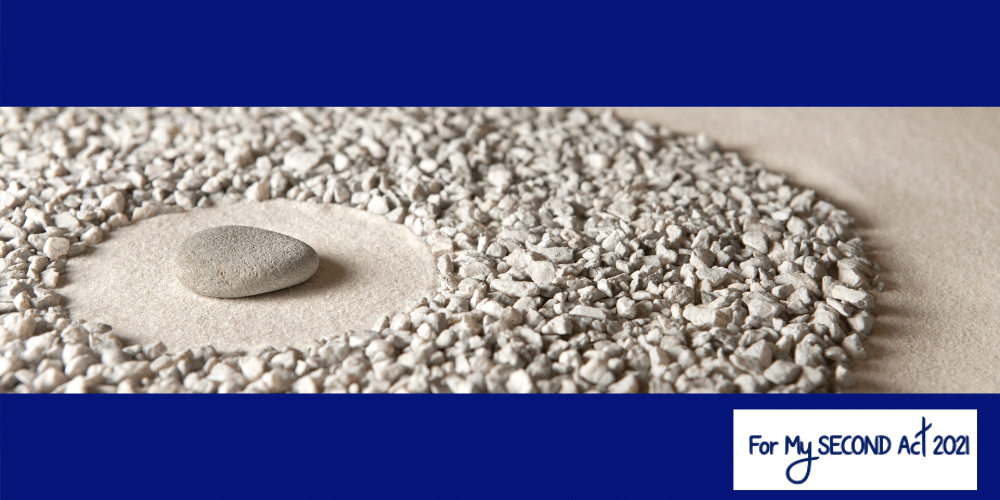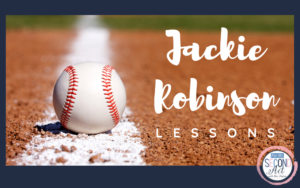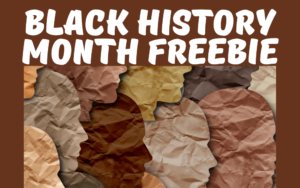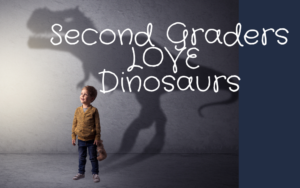What does it take to make rocks a fun topic to teach? So what are rocks? After teaching this unit for several years, I realized I needed more hands-on activities and lots of interaction to keep the students engaged.
Why 3rd Grade ROCKS?
After pulling all of my resources and fully understanding what they needed to learn, I created a unit on ROCKS. I want to share all of the cool videos we watched and how I pulled it all together! I even include a detailed 10-day lesson plan in the unit to make teaching a snap!
3 Important Topics to Cover:
3 Classification of Rocks
To be totally honest, I had to completely educate myself before I could ever teach a lesson on rocks! I am sure we probably covered this back at Mountain View Elementary in 1981, but I must have had my tonsils out that week! If you are anything like me, here are the Cliffnotes…
-
-
-
- Igneous rocks form by the freezing of molten rock.
- Sedimentary rocks form either by the cementing together of fragments broken off preexisting rocks or by the precipitation of mineral crystals out of water solutions at or near the Earth’s surface.
- Metamorphic rocks form when pre-existing rocks change character in response to a change in pressure and temperature conditions.
-
-
Rocks Life Cycle
This is where the fun activities come into play! I listened to this song enough times I could sing parts in my sleep! It is catchy and they will enjoy the tune.
 I include several food-labs in my unit that the students went crazy over! It was such fun experiments! It is important to remember not every rock goes through this cycle. Here is a breakdown of the cycle:
I include several food-labs in my unit that the students went crazy over! It was such fun experiments! It is important to remember not every rock goes through this cycle. Here is a breakdown of the cycle:
Igneous rocks form when molten rock (magma and lava) cools and harden. They break down by weathering and the breakdown products are transported by erosion.The breakdown products are deposited to form sedimentary rocks. Sedimentary rocks are buried and pressure occurs. Heat and pressure (without melting) change rocks, forming metamorphic rocks. Metamorphic rocks may eventually be heated enough to melt, forming a new generation of igneous rocks.
How are Rocks Different than Minerals?
So, how are rocks different? Most children will say that minerals are pretty and rocks are ugly. Rocks and minerals differ because minerals have definite chemical makeup, but rocks do not. Minerals make up rocks. Rocks are usually made up of two or more minerals. They may contain fossils, but minerals do not. This video on Rocks and Minerals uses all of the vocabulary words I needed, but we did not watch it to the end, we did not take the video quiz.
What are Sedimentary Rocks & Edible Recipe for Sedimentary Edible Rocks
Sedimentary rocks are mostly what we see outside. Sediment has solid and loose pieces of rocks (in the form of sand, silt, clay, and gravel).
A super fun way to explain sedimentary rocks is with an edible experiment. Here are the ingredients I used and the directions:
-
-
-
-
-
-
-
- 3 Cups rice cereal
- 3 Cups marshmallows or Marshmallow Cream
- 4 Tablespoons butter
- Pinch of salt
- 1 tsp vanilla
- Mini chocolate chips
- M&M candies
- Cooking spray or oil to coat the pan.
-
-
-
-
-
-
Remember, it is all about LAYERS: Coat pan with spray. Add half of the rice cereal and marshmallow mixture (combined) to the pan, press flat. Cover the next layer with mini chocolate chips. Then the third layer is the remaining cereal/marshmallow mixture. Finally, add M&M’s on top. Cut into squares to see the different layers. Serve!
So, this is just a dash of what I cover when we teach rocks. I have included in the unit, 10-day lesson plans and edible recipes for 3 different labs. I also LOVE incorporating ELA and Science so I added THREE text features pages for the 3 different types of rocks. This has been very popular! I also added the assessments I used, task cards and all of the word wall & bulletin board materials. I think you will be pleasantly surprised at all the materials.
 Flashcards appeal to visual learners and can be used to stimulate kinesthetic learners too. They are a great way to introduce new vocabulary. If you are looking for a freebie click for ROCK VOCABULARY FLASHCARDS. My students used these in the classroom and at home to learn all of the new words. We make flashcards for everything. They can make notes on the inside and include any facts they need to remember.
Flashcards appeal to visual learners and can be used to stimulate kinesthetic learners too. They are a great way to introduce new vocabulary. If you are looking for a freebie click for ROCK VOCABULARY FLASHCARDS. My students used these in the classroom and at home to learn all of the new words. We make flashcards for everything. They can make notes on the inside and include any facts they need to remember.





2 Comments
[…] Check out another post on ROCKS for a great freebie!!! […]
[…] Related Articles: Rocks and Soil for 3rd Grade and 3 Ways to answer What are Rocks? […]